Moonshine Yarrow Companion Plants: The Best Plants To Grow Together
Title: Moonshine Yarrow Companion Plants: The Best Plants to Grow Together
Introduction:
Moonshine yarrow (Achillea Moonshine) is a beautiful and versatile perennial plant that is easy to grow. It is known for its silver-gray foliage and bright yellow flowers, which bloom from midsummer to fall. Moonshine yarrow is a great addition to any garden, but it can be even more beautiful when it is planted with complementary companion plants.
In this blog post, we will discuss some of the best companion plants for moonshine yarrow. We will also provide some tips on how to plant and care for these plants together.
Main Content:
Companion Plants for Moonshine Yarrow
There are many different plants that can be paired with moonshine yarrow. Some of the best companion plants include:
- Butterflyweed: Butterflyweed is a tall, showy plant that attracts butterflies and other pollinators. It has bright orange flowers that bloom in summer.
- Coneflower: Coneflower is another popular pollinator plant. It has large, daisy-like flowers that come in a variety of colors, including yellow, orange, red, and purple.
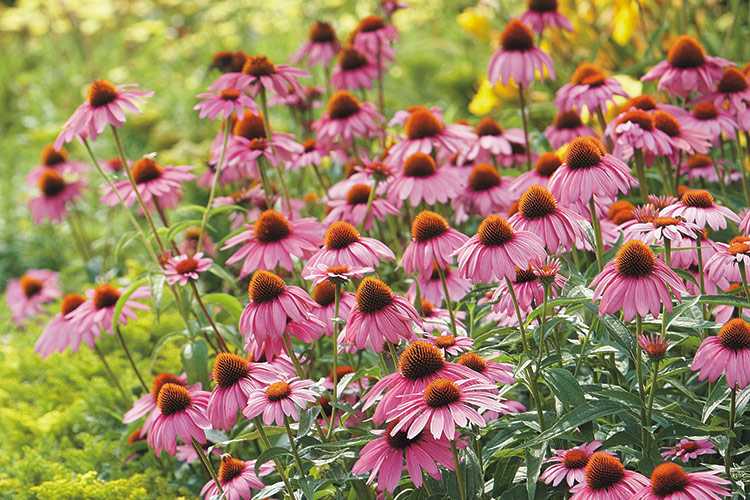
- Echinacea: Echinacea is a medicinal plant that is also known for its attractive flowers. It has daisy-like flowers that come in shades of pink, purple, and white.
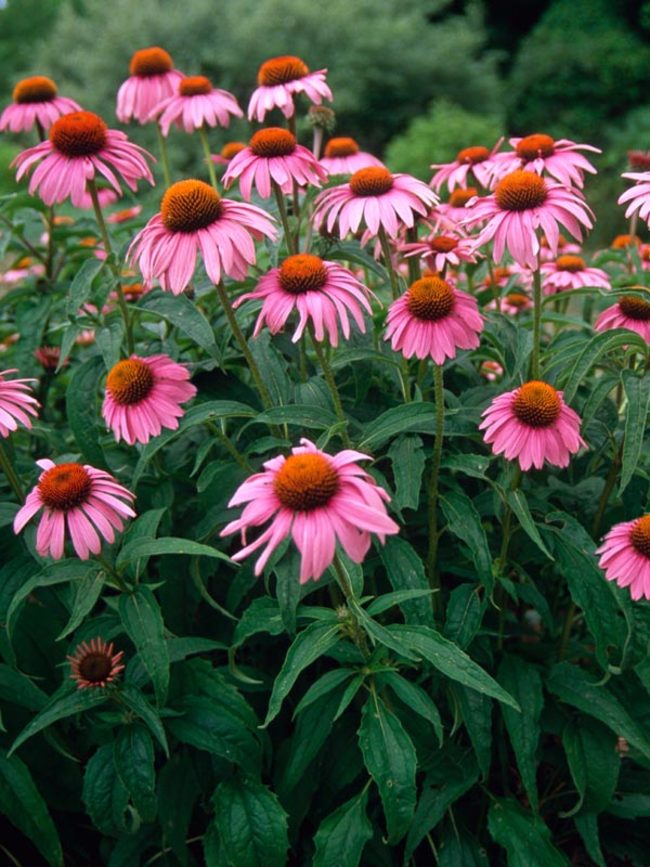
- Lavender: Lavender is a fragrant herb that is easy to grow. It has purple flowers that bloom in summer.
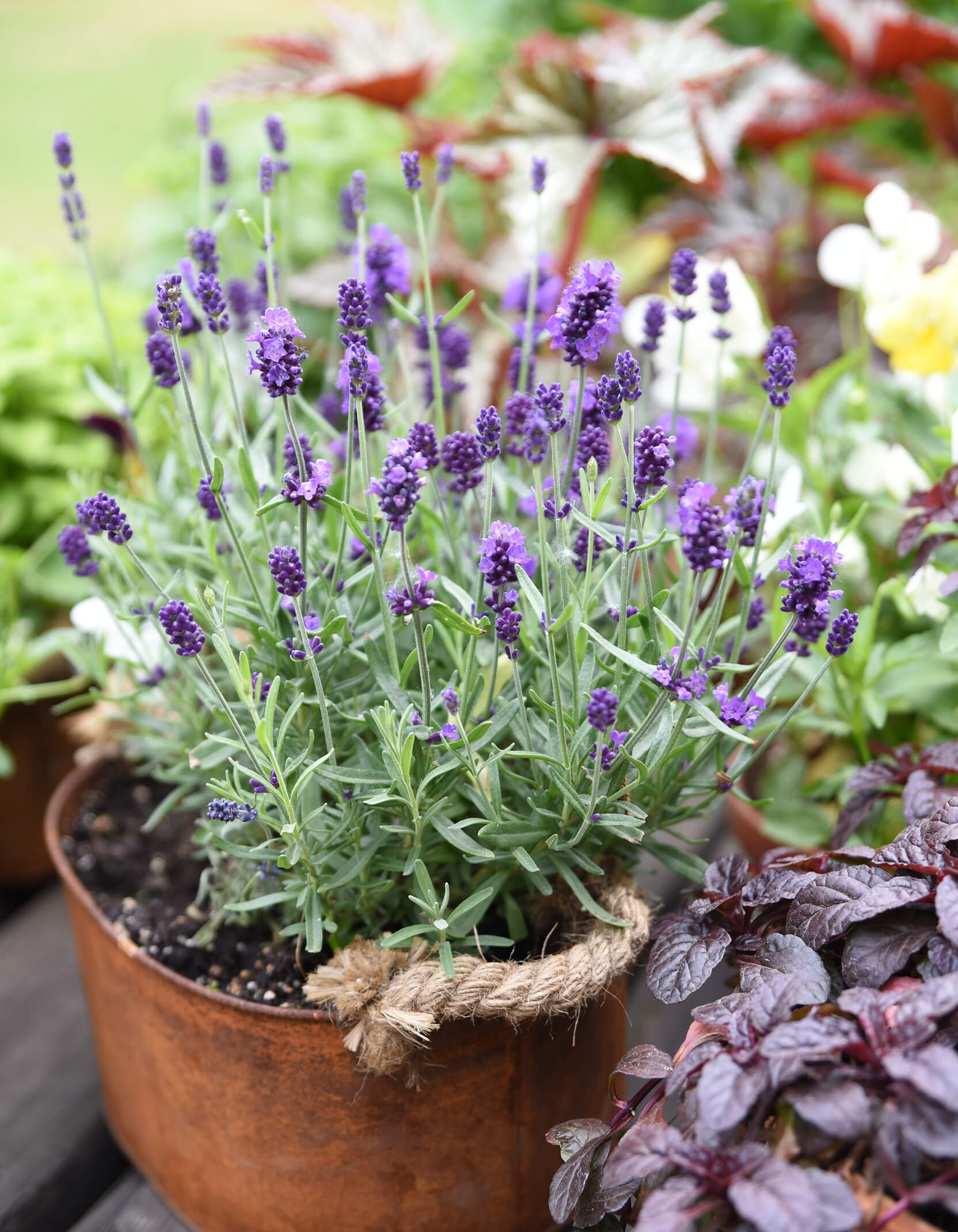
- Salvia: Salvia is a colorful herb that attracts hummingbirds. It has spikes of flowers that come in a variety of colors, including blue, purple, pink, and white.
- Catmint: Catmint is a low-growing plant that has blue flowers. It is a good choice for attracting bees and butterflies.
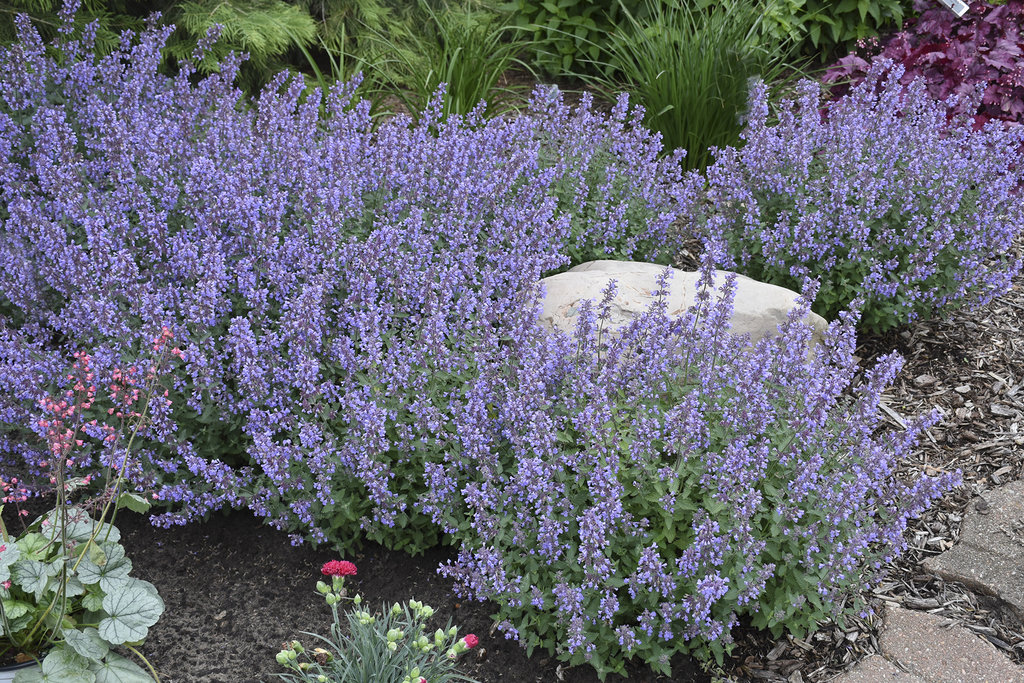
- Russian Sage: Russian sage is a tall, upright plant that has blue flowers. It is a good choice for creating a backdrop for other plants.
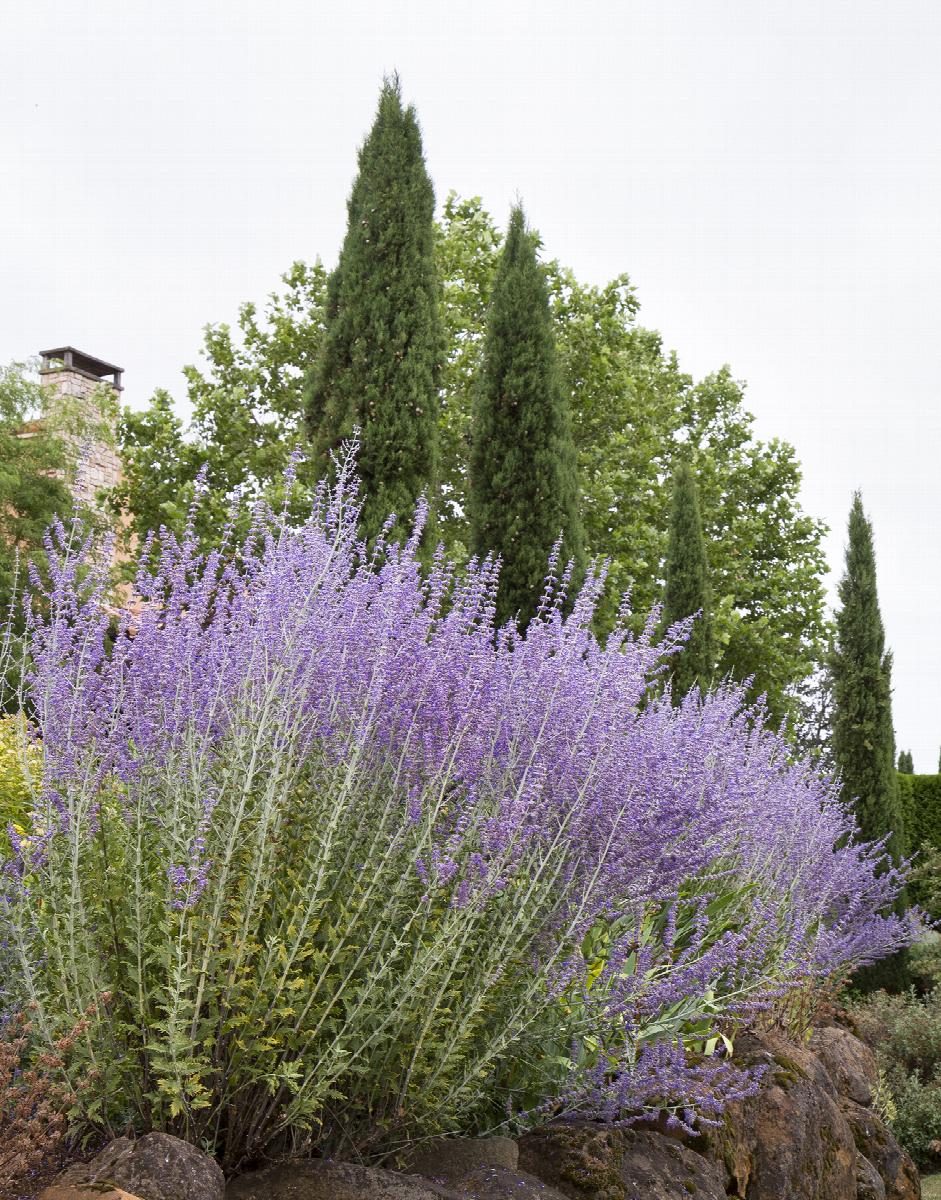
- Yarrow: Yarrow is a close relative of moonshine yarrow. It has white flowers that bloom in summer.
Tips for Planting and Caring for Moonshine Yarrow Companion Plants
When planting moonshine yarrow companion plants, it is important to consider the following factors:
- Sunlight: Most of these plants prefer full sun, but some can tolerate partial shade.
- Soil: These plants prefer well-drained soil.
- Water: These plants need regular watering, especially during the first year after planting.
- Fertilizer: These plants do not need to be fertilized often. A light application of fertilizer in spring will help them to bloom well.
Conclusion:
Moonshine yarrow is a beautiful and versatile plant that can be paired with a variety of other plants to create a stunning garden. By following the tips in this blog post, you can plant and care for moonshine yarrow companion plants with ease.
If you are looking for more information about moonshine yarrow companion plants, please visit Home Gardening. This website provides a comprehensive list of plants that can be paired with moonshine yarrow, as well as tips on how to create a successful companion planting scheme.
FAQ of moonshine yarrow companion plants
What are the best companion plants for moonshine yarrow?
Moonshine yarrow is a versatile plant that can be paired with a variety of other plants. Some of the best companion plants for moonshine yarrow include:
- Black-eyed Susan: This daisy-like flower is a native wildflower that blooms in shades of yellow, orange, and red. Black-eyed Susans attract butterflies and other pollinators, and they help to deter pests.
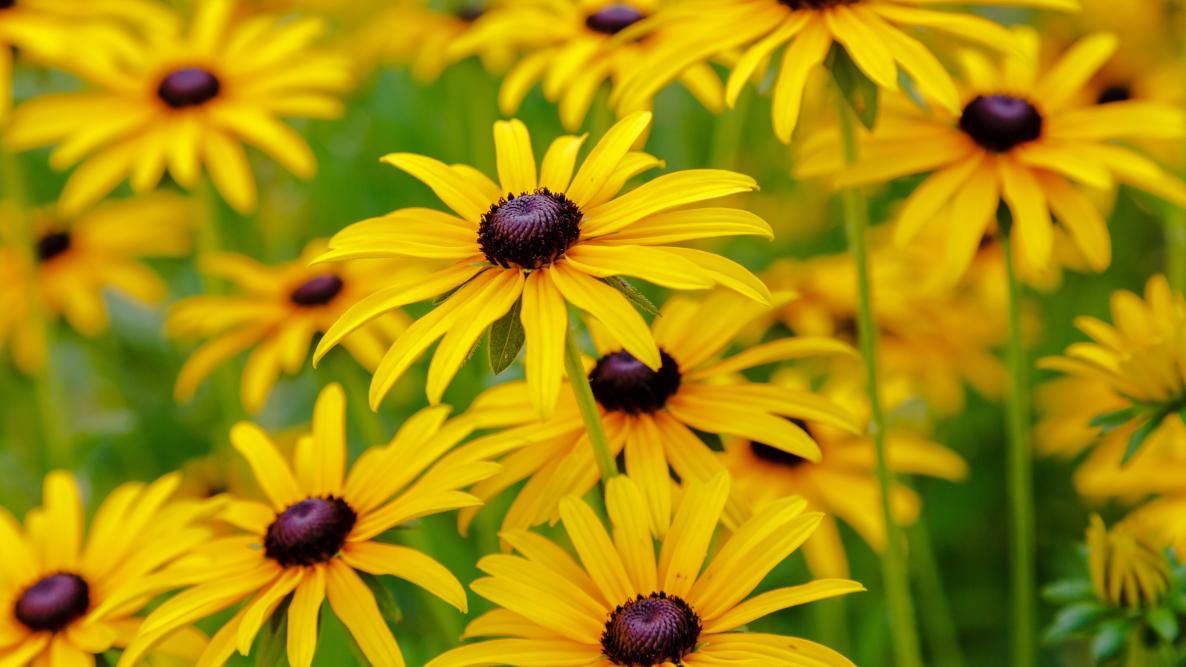
- Purple coneflower: This tall, spiky flower is another native wildflower that blooms in shades of purple and pink. Purple coneflowers attract butterflies and other pollinators, and they help to repel deer.

- Coreopsis: This daisy-like flower blooms in shades of yellow, orange, and pink. Coreopsis is drought-tolerant and easy to care for, and it helps to attract butterflies and other pollinators.
- Broccoli: This vegetable is a good companion for moonshine yarrow because it helps to deter pests. Broccoli also benefits from the presence of moonshine yarrow, as the yarrow's flowers attract pollinators that help to pollinate the broccoli.

- Cabbage: This vegetable is another good companion for moonshine yarrow. Cabbage benefits from the presence of moonshine yarrow in the same way that broccoli does.
- Cauliflower: This vegetable is also a good companion for moonshine yarrow. Cauliflower benefits from the presence of moonshine yarrow in the same way that broccoli and cabbage do.

- Arugula: This leafy green is a good companion for moonshine yarrow because it helps to deter pests. Arugula also benefits from the presence of moonshine yarrow, as the yarrow's flowers attract pollinators that help to pollinate the arugula.

- Rosemary: This herb is a good companion for moonshine yarrow because it helps to repel pests. Rosemary also benefits from the presence of moonshine yarrow, as the yarrow's flowers attract pollinators that help to pollinate the rosemary.

What are the worst companion plants for moonshine yarrow?
There are a few plants that should be avoided as companion plants for moonshine yarrow. These plants include:
- Squash: Squash and cucumbers are susceptible to powdery mildew, and moonshine yarrow is also susceptible to this disease. Planting these plants together can increase the risk of powdery mildew spreading.


- Onions: Onions can release chemicals that can stunt the growth of other plants. Moonshine yarrow is a relatively slow-growing plant, so it is best to avoid planting it near onions.

- Garlic: Garlic can release chemicals that can stunt the growth of other plants. Moonshine yarrow is a relatively slow-growing plant, so it is best to avoid planting it near garlic.

What is the flowering period of moonshine yarrow?
Moonshine yarrow typically blooms in early summer and continues to bloom for several weeks. The flowers can be white, yellow, or pink.
What are some other benefits of growing moonshine yarrow?
In addition to being a beautiful and versatile plant, moonshine yarrow also has a number of other benefits. These benefits include:
- Attracts pollinators: Moonshine yarrow is a magnet for butterflies, bees, and other pollinators. This makes it a great choice for gardens that are trying to attract pollinators.
- Drought-tolerant: Moonshine yarrow is a drought-tolerant plant, so it is a good choice for gardens that do not receive a lot of rainfall.
- Easy to care for: Moonshine yarrow is a relatively easy plant to care for. It does not require a lot of water or fertilizer, and it is resistant to pests and diseases.
- Multipurpose plant: Moonshine yarrow can be used for a variety of purposes. It can be used as an ornamental plant, a medicinal plant, or a culinary herb.
Post a Comment for "Moonshine Yarrow Companion Plants: The Best Plants To Grow Together"